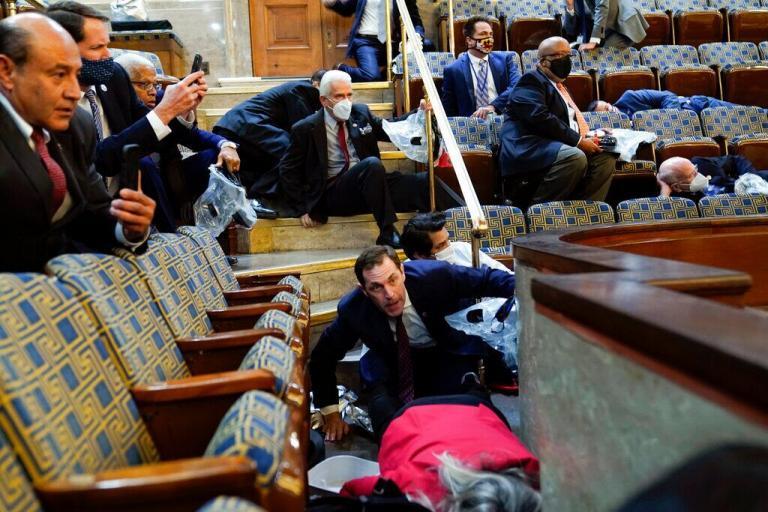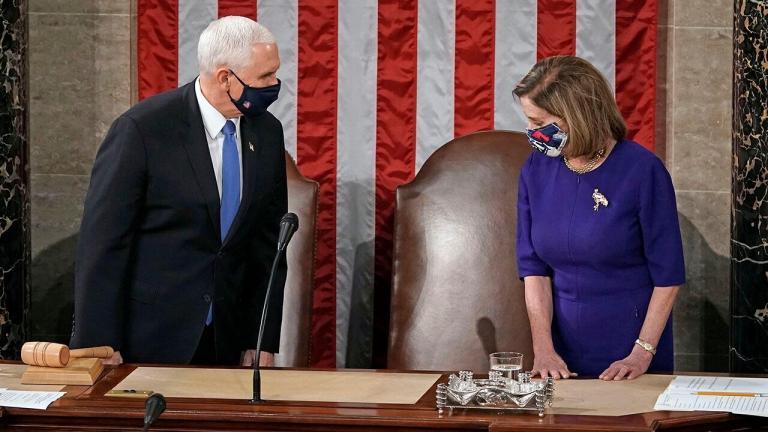
Sanjoy Sen is a chemical engineer in North Sea oil. He contested Alyn & Deeside in the 2019 general election.
Back in 2017, I spoke of little else than my new set of wheels. First, the smug satisfaction of trading a gas-guzzler for a hybrid. Later, the anguished howls as Sadiq Khan cancelled its Congestion Charge exemption.
But I never got round to explaining the main reason for swapping. Saving money, cutting emissions and even virtue-signalling all had their attractions. But what really got me motivated was good old-fashioned self-preservation.
The aged tank was serving me well until it let me down twice in rapid succession. Getting stranded on the motorway on both occasions was no fun but at least I had a (hard) shoulder to cry on. I certainly wouldn’t have fancied the same experience in a “live” lane of a smart motorway, hoping everyone would spot me in time and swerve past. With the M1 getting progressively converted, I resolved to investigate scrappage schemes and find more reliable transport.
By early 2020, there had been 38 fatalities on UK smart motorways. But it’s important to relate this figure to a baseline. Sadly, there are fatalities on all motorways so the first question is whether smarts are safer (or not) than conventionals. But scientific analysis is one thing. Public perception is also highly relevant. This matters when we reflect on how transportation is going.
According to the stats in the Department for Transport Stocktake and Action Plan, smart motorways are slightly safer overall than conventional ones. That’s said to be because spreading traffic over more lanes and adjusting speed limits to conditions improves driver behaviour, thus reducing moving collisions.
But what is going badly wrong is the rise in static collisions involving broken-down vehicles. The allegedly smart systems don’t always spot the obstacle (i.e. you) in a “live” lane. And even if they do, they rely on every single road user rapidly bearing down on the stationary object (again, you) and taking evasive action. Worst of all, there’s often no safe means of escape for vehicle occupants before rescue arrives.
Following a 2019 fatal accident in South Yorkshire, the coroner called for an enquiry into smart motorway safety. The local Police and Crime Commissioner has called for their ban as has Claire Mercer, wife of one of the victims. Tellingly, Mercer considers the jailing of the Polish lorry driver who hit her husband’s car as the wrong outcome. And following another South Yorkshire crash, the coroner indicated Highways England may face manslaughter charges.
One of these days, when cars are all smart, we can safely have smart motorways. (More on that in a moment.) In the interim, the Government needs a clear plan to reduce accidents and restore trust.
Right now, there are three types of UK smart motorway. Controlled Motorways (CM) retain the traditional permanent hard shoulder but have a variable speed limit. It’s the other two that raise most concerns: in All-Lane Running (ALR) motorways, the hard shoulder is permanently “live” while, more confusingly, in Dynamic Hard Shoulder Running (DHS) motorways it sometimes is and sometimes isn’t. It’s a (minor) step in the right direction that DHSs are being turned into ALRs.
Few of us get to pick where to break down but in some cases (e.g. a puncture) it is possible to limp along to the next refuge area. The Stocktake calls for these every three-quarters of a mile but we might need more still in places. And they need to get a bit longer so you can accelerate off them safely to prevent the type of accident already seen. Plus better monitoring to detect stationary vehicles, both via technology and increased patrols.
But the fundamental question is not whether we can make smart motorways safer (we can) or whether we can eliminate accidents altogether (we can’t): it’s do we actually need them? The short-term and the long-term answers could differ.
The Stocktake notes motorway traffic has increased by 23 per cent since 2000 and contends smart motorways have helped absorb this. But, like most transport infrastructure, motorways are sized for rush-hour demand. With work patterns set to permanently alter post Covid, that peak potentially flattens. With, say, 20 per cent fewer office workers commuting (analogous to working from home one day per week), that translates into a significant reduction. So, with reduced road use a possibility, we could re-examine our traffic projections. On some motorways, we might discover we don’t need to drive in the hard shoulder, after all.
Further down the line (but not much further), however, transportation is on the cusp of a revolution. Within a decade, vehicles are not only set to go electric, they’ll also become highly autonomous. Yes, some might write all that off as unrealistic, “woke” nonsense but even the quickest search on what real-world car companies are actually up to suggests otherwise. And when vehicles become smart (and can automatically respond to hazards), smart motorways finally make sense.
Although UK motorways are among the safest in the world, the traditional hard shoulder has never been without its risks. Such facts are little consolation to those affected by smart motorway tragedies, however. If we’re going to retain public confidence, we need to see improvements. Let’s not lose sight of the big picture: post-Covid traffic patterns are set to change things but nothing like as much as the self-driving revolution will.
Originally found on Conservative Home Read More







